Table of Contents
- Quick Blackening Spice Recipe
- A Brief History Behind the Heat
- Key Ingredients Explained
- How to Use Blackening Spices Like a Pro
- Comparison Table: Top 5 Blackening Spice Blends
- Buying Guide: Choosing the Best Blackening Spices
- Frequently Asked Questions
- Tasty Recipes to Try
- Conclusion: Embrace the Burn, Celebrate the Flavor
Quick Blackening Spice Recipe
Here's how to make professional-quality blackening spice blend at home in under 5 minutes:
- 2 tbsp smoked paprika (for depth and color)
- 1 tbsp garlic powder
- 1 tbsp onion powder
- 1 tbsp dried thyme
- 1 tbsp dried oregano
- 2 tsp cayenne pepper (adjust for heat preference)
- 1 tbsp black pepper
- 1 tbsp sea salt
Pro Tip: Toast whole spices (cumin, coriander) before grinding for maximum flavor, but pre-ground versions work perfectly for quick recipes. Mix thoroughly in a bowl, then store in an airtight container away from light. This blend stays fresh for 6-8 months.
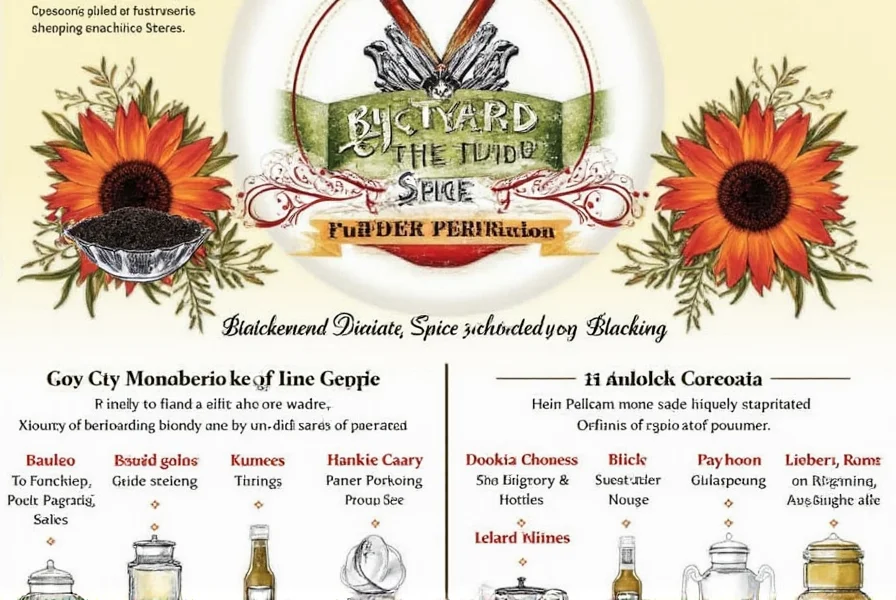
A Brief History Behind the Heat
The story of blackening spices starts in the kitchens of Louisiana, where chefs like Paul Prudhomme brought this technique into the spotlight during the 1980s. By charring seasoned fillets in a screaming hot cast-iron skillet, he transformed simple dishes into culinary showstoppers. Today, blackening blends are loved worldwide—not just in fine dining, but also in home kitchens looking to crank up the flavor volume.
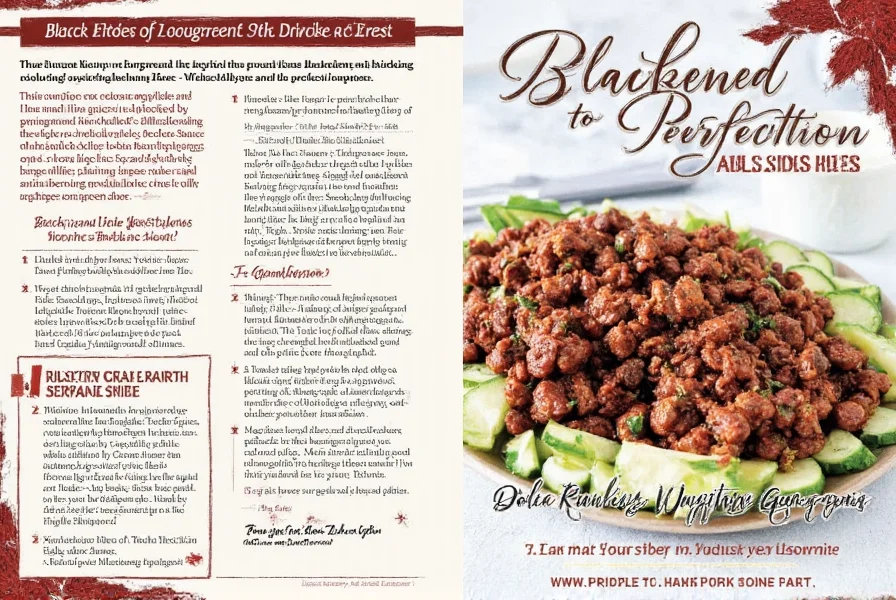
Key Ingredients Explained
Understanding why each ingredient matters helps you customize your blend:
- Paprika: Provides vibrant color and smoky sweetness. Smoked paprika adds depth without extra heat.
- Cayenne Pepper: The primary heat source. Adjust quantity based on your spice tolerance.
- Garlic & Onion Powder: Create savory umami notes that complement seafood and poultry.
- Thyme & Oregano: Herbs that balance heat with earthy, floral notes.
- Black Pepper: Adds sharpness and complexity to the spice profile.
- Salt: Essential for flavor enhancement and crust formation.
How to Use Blackening Spices Like a Pro
Follow these steps for perfect blackening every time:
- Use High Smoke-Point Oils: Avocado oil (520°F) or clarified butter work best for high-heat searing.
- Pat Protein Dry: Moisture prevents proper crust formation. Use paper towels to remove surface moisture.
- Coat Generously: Press spices firmly into the protein for maximum adhesion.
- Preheat the Pan: Cast iron should be smoking hot (400-450°F) before adding food.
- Cook in Batches: Avoid overcrowding to maintain searing temperature.
Works perfectly on fish, chicken, shrimp, tofu, and even vegetables like portobello mushrooms.

| Brand | Heat Level | Main Flavor Notes | Best For | Price Range (USD) |
|---|---|---|---|---|
| Old Bay Blackening | Mild-Medium | Paprika-forward, herby | Fish lovers, families | $7–$10 |
| Paul Prudhomme's Magic Dust | Medium-Hot | Smoky, earthy, deep | Chefs, adventurous eaters | $9–$12 |
| McIlhenny's Tabasco Blackening | Hot | Vinegary tang, punchy heat | Spice hunters, grilled meats | $8–$11 |
| Dash Fire Roasted Blackening | Medium | Charred pepper, balanced | Everyday cooking, versatility | $6–$9 |
| Diy Custom Blend | Customizable | Tailor to your taste | Home cooks, experimenting | $5–$15 |
Buying Guide: Choosing the Best Blackening Spices
Consider these factors before purchasing:
1. Intended Use
Delicate fish needs milder blends, while steak can handle hotter versions. Check heat level on labels.
2. Ingredient Quality
Avoid blends with fillers like maltodextrin. Look for pure spice ingredients listed first.
3. Allergen Information
Most blends are gluten-free, but check for cross-contamination warnings if sensitive.
4. Freshness Indicators
Check manufacturing dates. Whole spices last longer than pre-ground blends.
5. Price vs. Value
Higher-priced blends often contain premium ingredients like smoked paprika or whole spices.
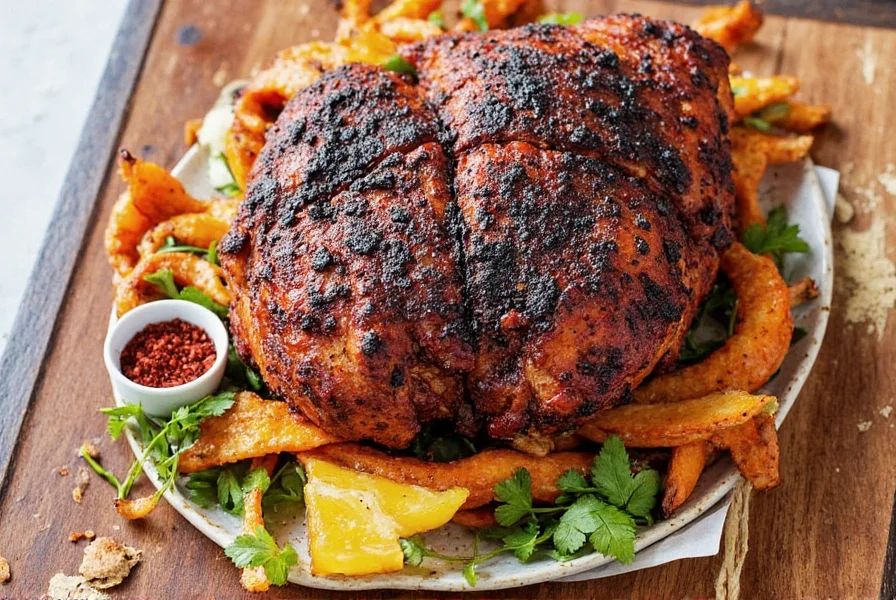
Frequently Asked Questions
Why does my blackened food turn bitter?
This happens when using oil with low smoke point (like olive oil) or not preheating the pan properly. Always use avocado oil or clarified butter and ensure your cast iron is smoking hot before adding food.
Can I use blackening spices for vegetables?
Yes! For vegetables like cauliflower or eggplant, pat them extremely dry before applying spices. Use a slightly lower heat setting to prevent burning while still achieving char.
How long does homemade blackening spice last?
Store in an airtight container away from light and heat. Properly stored, it maintains peak flavor for 6-8 months. Whole spices last longer than pre-ground versions.
What's the difference between blackening and Cajun seasoning?
Blackening spices are specifically designed for high-heat searing and contain more cayenne and paprika for crust formation. Cajun seasoning typically has more herbs and is used for simmering or roasting rather than direct high-heat cooking.
Tasty Recipes to Try
These dishes showcase blackening spices' versatility:
- Blackened Cajun Salmon: Top with lemon-dill cream sauce and fresh dill for restaurant-quality results.
- Blackened Chicken Skewers: Marinate in lime juice and honey for 30 minutes before applying spice blend for extra flavor penetration.
- Blackened Tofu Tacos: Press extra moisture from tofu before coating with spices. Serve with avocado crema and pickled red onions.
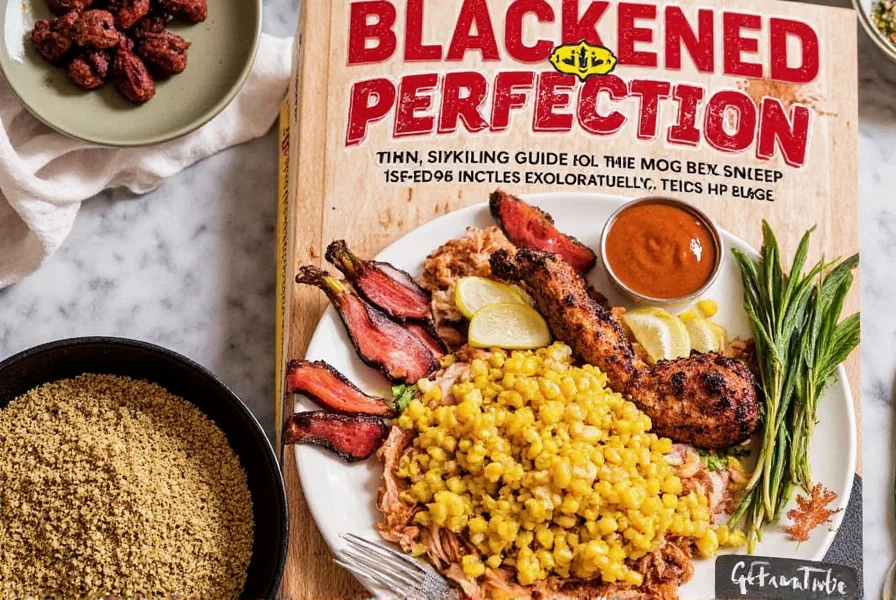
Conclusion: Embrace the Burn, Celebrate the Flavor
Blackening spices transform ordinary proteins into extraordinary dishes through perfect crust formation and complex flavor development. Whether you make your own blend or choose a trusted commercial brand, mastering this technique adds depth and excitement to your cooking repertoire. Remember: the key to perfect blackening is proper pan temperature and dry protein surface—no more steamed, soggy results!
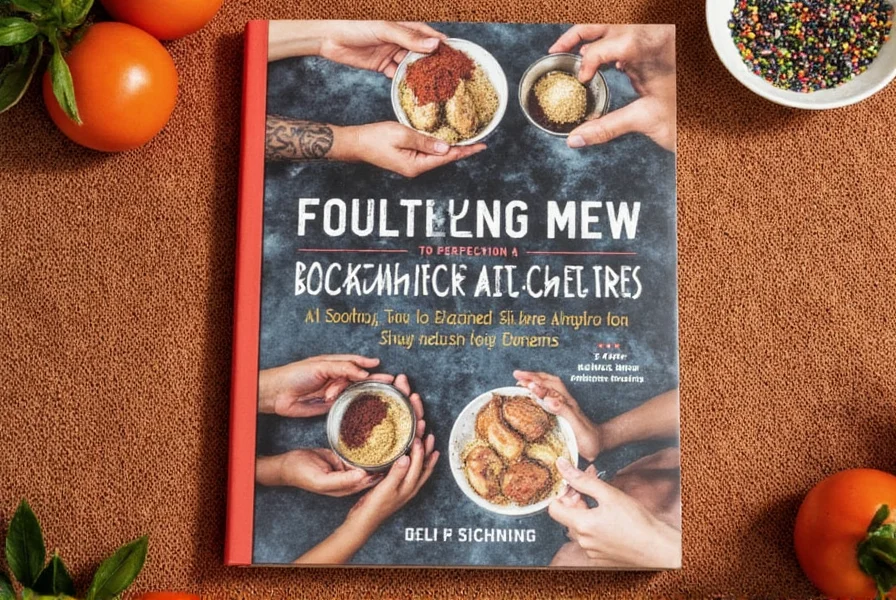

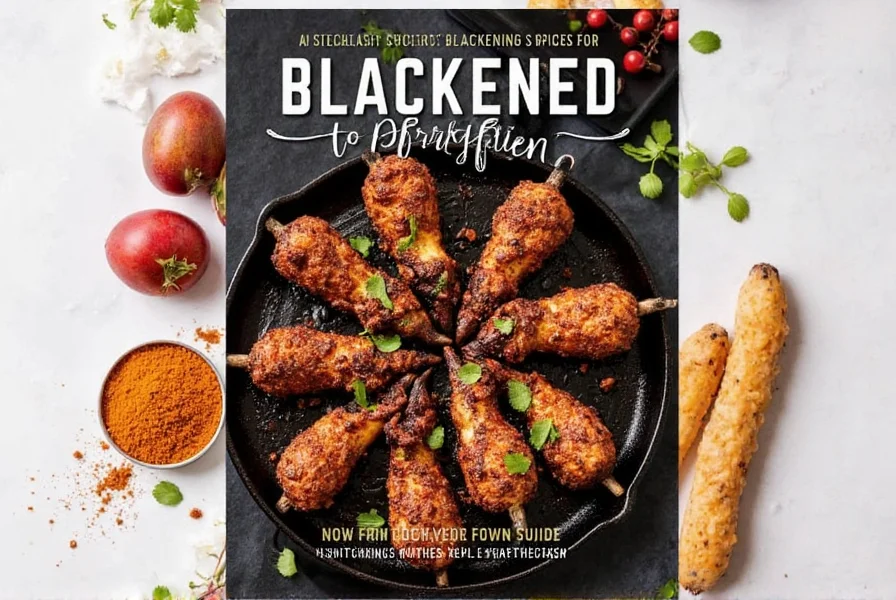









 浙公网安备
33010002000092号
浙公网安备
33010002000092号 浙B2-20120091-4
浙B2-20120091-4